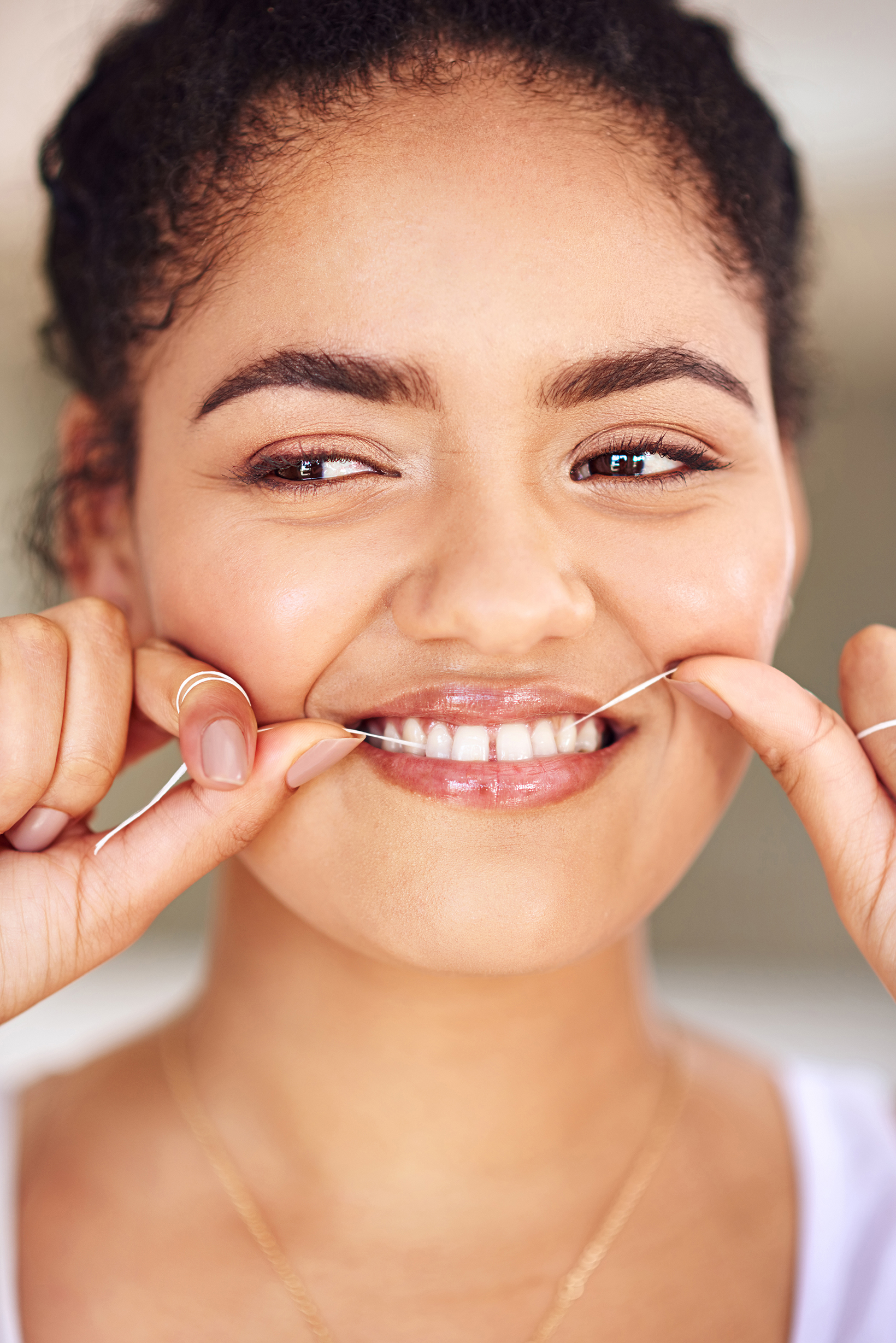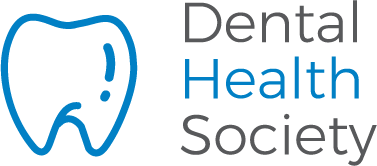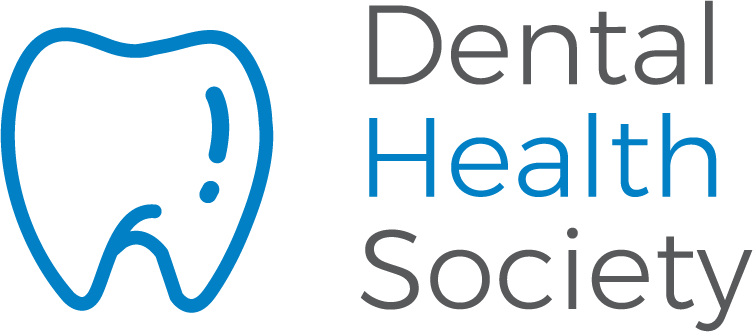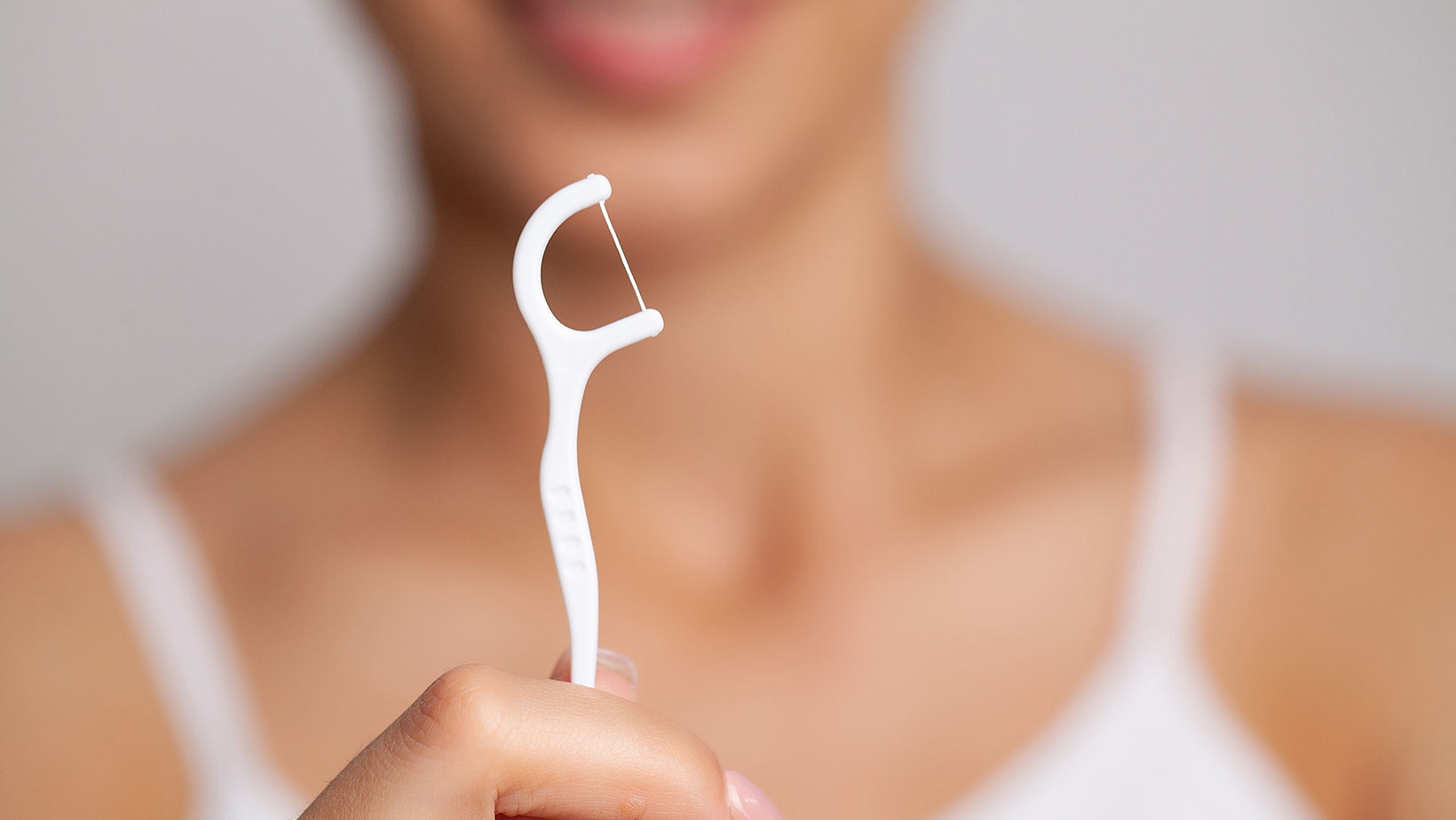Let’s face it: flossing isn’t exactly anyone’s idea of fun. If you’ve ever skipped a night (or a few) because you were tired or just didn’t feel like it, you are not alone. Plenty of people struggle to floss regularly. For some, it is easy to forget. For others, flossing teeth hurts, especially if their gums are sensitive. And if you have braces, bridges, or tight spaces between your teeth, flossing can feel like an awkward, uncomfortable chore.
But here’s the good news: flossing doesn’t have to mean one specific thing. If traditional string floss just does not work for you, there are several effective flossing alternatives that can help keep your teeth and gums healthy without the daily struggle.

Why Flossing Still Matters
Regardless of what tool patients use to floss, doing so is still important for oral health. This is why dentists always recommend flossing (along with brushing) each day. Flossing is so important that its benefits even extend to heart health. A recent study found that regular flossing can reduce a patient’s risk of stroke.
Flossing helps clean the tight spaces between the teeth. These are areas a toothbrush simply cannot reach. Flossing removes food particles and plaque that can lead to cavities, gum disease, and bad breath. The good news is that adopting a consistent flossing routine can help reverse some early dental issues, such as mild gingivitis.
Though most patients understand that flossing is important, using traditional floss may still be uncomfortable. In these cases, flossing alternatives can be helpful.
Flossing Alternatives to Consider
When flossing teeth hurts, it can be difficult to keep up a good flossing habit. For patients looking for ways to clean between their teeth that do not involve traditional floss, here are some options that can make the routine easier, more comfortable, and maybe even more enjoyable.
1. Water Flossers (Oral Irrigators)
Water flossers use a targeted stream of water to flush out food and plaque from between the teeth and along the gumline. Many people like them because they are quick, easy to use, and feel more like a mini spa treatment than a chore.
Pros:
- Great for patients with braces, bridges, or sensitive gums
- Easy to use, especially for those with problems holding string floss
- Can be more comfortable than traditional floss
Things to consider:
- Need access to water and an outlet (or may require recharging)
- May not be as effective as string floss at removing plaque from tight spaces
2. Interdental Brushes
Interdental brushes are small, bristled tools designed to slide between the teeth and gently remove plaque. They are especially helpful for patients with braces, larger gaps between teeth, or dental work like bridges and implants.
Pros:
- Easy to move around
- Come in different sizes for different spaces
- Very effective for flossing teeth with braces
Things to consider:
- Patients may need to try out multiple sizes to find the best fit
- May not get into very tight spaces
3. Floss Picks
Floss picks are disposable tools with a short piece of floss held between two prongs. They are convenient, especially when patients are on the go or find it tricky to wrap floss around their fingers.
Pros:
- Super portable and easy to use
- Great for kids and anyone who struggles with technique
- Less mess, no wrapping or rewinding
Things to consider:
- They do not “hug” the tooth as well as regular floss
- Using the same short piece of floss on the whole mouth can spread bacteria
4. Dental Tape
Dental tape is similar to floss, but it is wider and flatter. This makes it feel gentler between teeth. If flossing is painful, switching to dental tape might be a simple fix.
Pros:
- Smoother glide between teeth
- Less painful on sensitive gums
- Easier to hold and maneuver
Things to consider:
- Not great for very tight contacts between teeth
- Still requires the same basic technique as traditional floss
5. Powered Air Flossers
These handy devices use quick bursts of air (sometimes mixed with water or mouthwash) to clean between the teeth. They are newer on the scene, but many patients find them to be a fun and easy alternative.
Pros:
- Fast and user-friendly
- Good for people who do not like traditional flossing
- Smaller and less messy than water flossers
Things to consider:
- Less effective than water flossers
- May not remove as much debris as an interdental brush
A final point to consider is that the flossing alternatives listed here are all more expensive than traditional floss. With all that in mind, the most important thing is for patients to floss regularly, regardless of the flossing method they choose.
Flossing Teeth with Braces
Flossing with braces adds an extra layer of complexity. All those wires and brackets make it much harder to use regular floss. Of course, flossing is extremely important for patients with braces. Braces create new spaces for food and plaque to accumulate, which can lead to cavities, gum disease, and staining.
Interdental brushes, floss threaders, and water flossers are all great flossing alternatives for people with braces. Patients might even find that combining two methods, like a water flosser plus interdental brushes, makes the job easier and more thorough.

What If You’ve Been Skipping Flossing for a While?
Patients who have not flossed in a while should not feel discouraged. Many people fall out of their routines for a variety of reasons. In such cases, a dental checkup can be a helpful first step. Depending on how long it has been since you flossed, a regular cleaning or a deep dental cleaning can help you get caught up.
Dentists have the tools to help you find a routine that fits your lifestyle and comfort level. If flossing teeth hurts or causes discomfort, your dental provider can examine the gums for inflammation or signs of disease and recommend gentler flossing alternatives that may work better.
Flossing does not have to mean struggling with waxy string every night. There are lots of ways to clean between your teeth, and the best method is the one that fits into your life and feels doable every day.
Get started by finding a dentist near you to go over all your options.


